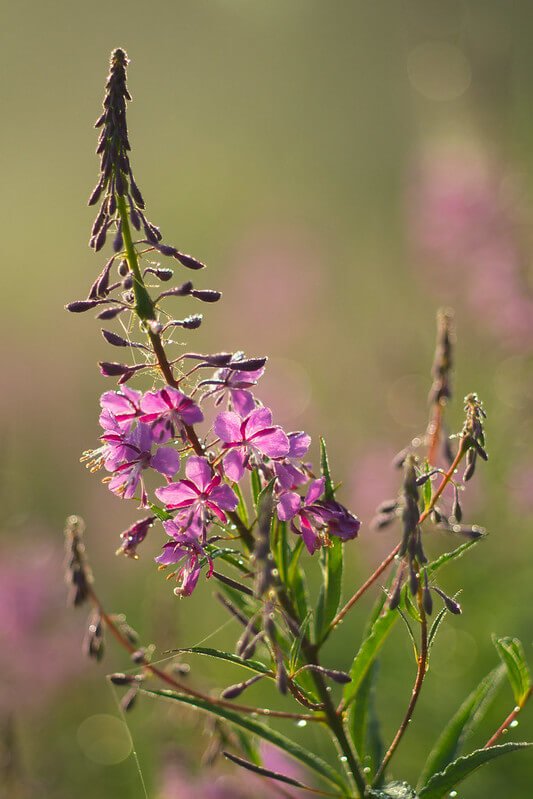 Image 1 of
Image 1 of


Goat’s Rue (Tephrosia virginiana)
Now, this is a plant with very interesting flowers. The nectar and pollen of the flowers attract leaf-cutting bees and possibly other long-tongued bees (illinoiswildflower.info). It is the host plant to the very pretty Grey Hairstreak and 4 other species of butterflies and moths in the area (nwf.org). Choose wisely when planting because once it is in, it does not like to be moved or divided. The roots contain rotenone, which is toxic to insects and fish.
Photo credit: Doug McGrady
Now, this is a plant with very interesting flowers. The nectar and pollen of the flowers attract leaf-cutting bees and possibly other long-tongued bees (illinoiswildflower.info). It is the host plant to the very pretty Grey Hairstreak and 4 other species of butterflies and moths in the area (nwf.org). Choose wisely when planting because once it is in, it does not like to be moved or divided. The roots contain rotenone, which is toxic to insects and fish.
Photo credit: Doug McGrady
Now, this is a plant with very interesting flowers. The nectar and pollen of the flowers attract leaf-cutting bees and possibly other long-tongued bees (illinoiswildflower.info). It is the host plant to the very pretty Grey Hairstreak and 4 other species of butterflies and moths in the area (nwf.org). Choose wisely when planting because once it is in, it does not like to be moved or divided. The roots contain rotenone, which is toxic to insects and fish.
Photo credit: Doug McGrady
Life Cycle: Perennial
Sun Exposure: Full, Partial sun
Soil Moisture: Medium, Medium-Dry, Dry
Height: 12 inches
Plant Spacing: 1-2 feet
Bloom Time: June-July
Bloom Color: Pink, Yellow
Advantages: Deer Resistant
Host Plant: The Grey Hairstreak and 4 other species of butterflies and moths use this as a caterpillar host plant in our area (nwf.org)






